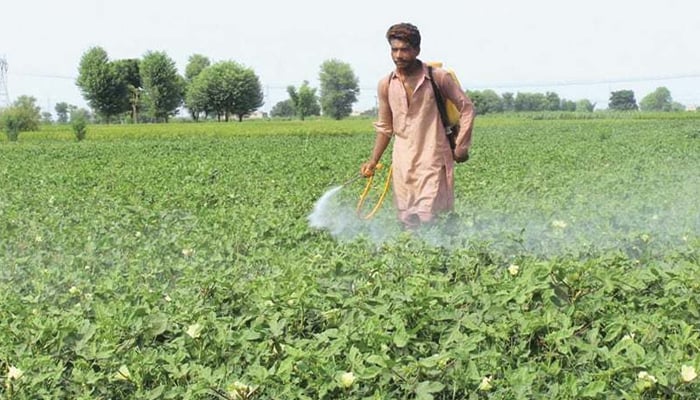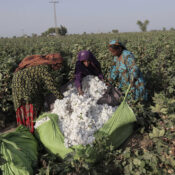
Empowering Women Farmers with Access to Information for Sustainable Agriculture
Unlocking their Potential for a Green Revolution
Introduction:
In the male-dominated world of agriculture, women farmers have long been underrepresented and face numerous challenges that hinder their productivity and success. One critical barrier that inhibits their progress is the lack of access to vital information that could revolutionize their farming techniques. By providing women farmers with the necessary tools and resources, we can empower them to overcome these obstacles and unleash their full potential. This article explores the importance of access to information for women farmers, the challenges they face, and potential solutions to bridge the information gap and empower them towards sustainable agriculture practices.
I. Understanding the Importance of Access to Information in Agriculture:
a. Role of information in decision-making: Access to information is crucial for making informed decisions that maximize yields, minimize risks, and improve farming practices. From weather predictions to market trends and innovative farming techniques, information plays a vital role in ensuring sustainable and profitable agricultural practices.
b. Impact of information on productivity and efficiency: Access to relevant and timely information enables farmers to adopt advanced technologies, streamline their operations, and improve productivity. This, in turn, contributes to food security and economic growth.

II. The Information Gap for Women Farmers:
a. Gender disparities in agriculture: Women farmers often face gender-based discrimination, limited ownership rights, and lack of access to resources and services. These factors, coupled with societal norms and gender biases, perpetuate a cycle of inequality and marginalization.
b. Limited access to extension services: Extension services that provide agricultural information and support are often not adequately accessible to women farmers. Lack of targeted programs and training opportunities restricts their access to the latest farming practices and knowledge.
c. Technological barriers: Women farmers in developing countries, especially those from low-income backgrounds, often encounter technological barriers such as illiteracy, lack of access to smartphones or internet connectivity, and limited digital literacy skills.

III. Addressing the Information Gap – Potential Solutions:
a. Promoting gender equality: To empower women farmers and bridge the information gap, it is crucial to challenge societal norms and promote gender equality in agriculture. Creating an enabling environment that supports women’s involvement in decision-making and leadership roles is necessary.
b. Tailored training and education: Implementing targeted education and training programs for women farmers can equip them with necessary skills to navigate digital platforms, access and interpret agricultural information, and adopt sustainable farming practices.
c. Developing user-friendly mobile applications: Collaborating with information providers and governments to develop user-friendly mobile applications that specifically cater to the needs of women farmers is essential. These applications can provide real-time information on weather forecasts, crop management techniques, market opportunities, and connect women farmers to the wider agricultural community.
d. Strengthening extension services: Governments and relevant stakeholders should focus on improving and expanding extension services for women farmers. This includes setting up accessible and gender-responsive extension centers, providing training and demonstration farms, and delivering information through traditional and digital mediums.
IV. The Potential Impact of Information Empowerment for Women Farmers:
a. Improved livelihoods and economic opportunities: When women farmers have access to information, they can make better-informed decisions, enhance productivity, and increase their income. This not only improves their own livelihoods but also contributes to poverty alleviation and sustainable economic development in rural communities.
b. Food security and sustainable agriculture: Empowering women farmers with information leads to more sustainable and climate-resilient agricultural practices. They can adapt to changing weather patterns, optimize resource use, and contribute to food security and environmental conservation.
c. Social empowerment and gender equality: Access to information empowers women farmers with knowledge, confidence, and agency. It challenges traditional gender roles and stereotypes, leading to improved social standing and greater gender equality within rural communities.

V. Success Stories and Best Practices:
a. Highlighting success stories: Showcasing successful women farmers who have overcome challenges and achieved significant results can inspire and motivate other women to pursue agriculture as a viable career option. These success stories can serve as role models, breaking stereotypes and perceptions regarding women’s capabilities in farming.
b. Strengthening networks and platforms: Encouraging the formation of women’s farming associations, cooperatives, and networks can provide a platform for knowledge sharing, peer learning, and collective advocacy. These platforms can also influence policies and programs that support women farmers.
Conclusion:
Empowering women farmers with access to information is not only a matter of gender equality but also a crucial step towards sustainable agriculture practices and food security. Bridging the information gap through targeted training, technological advancements, and supportive policies will unlock the immense potential of women farmers, enabling them to play a pivotal role in a green revolution. Empowering women in agriculture is not only an investment in their individual development but also a pathway to a more equitable and sustainable world.
All Categories
- Agricultural Methods
- Agriculture and Women Small Farmers Rights Awareness
- Climate Change
- Disable and Human Rights
- Disable Jobs
- Donation
- Education
- Health Issues
- Organic Foods
- Organic Vegetables
- Orphans Children
- Plastic production and disposal
- Services
- Sinking in Scarcity
- Success Stories
- Uncategorized
- Waste Management
- Women Rights
- Youth Empowerment




